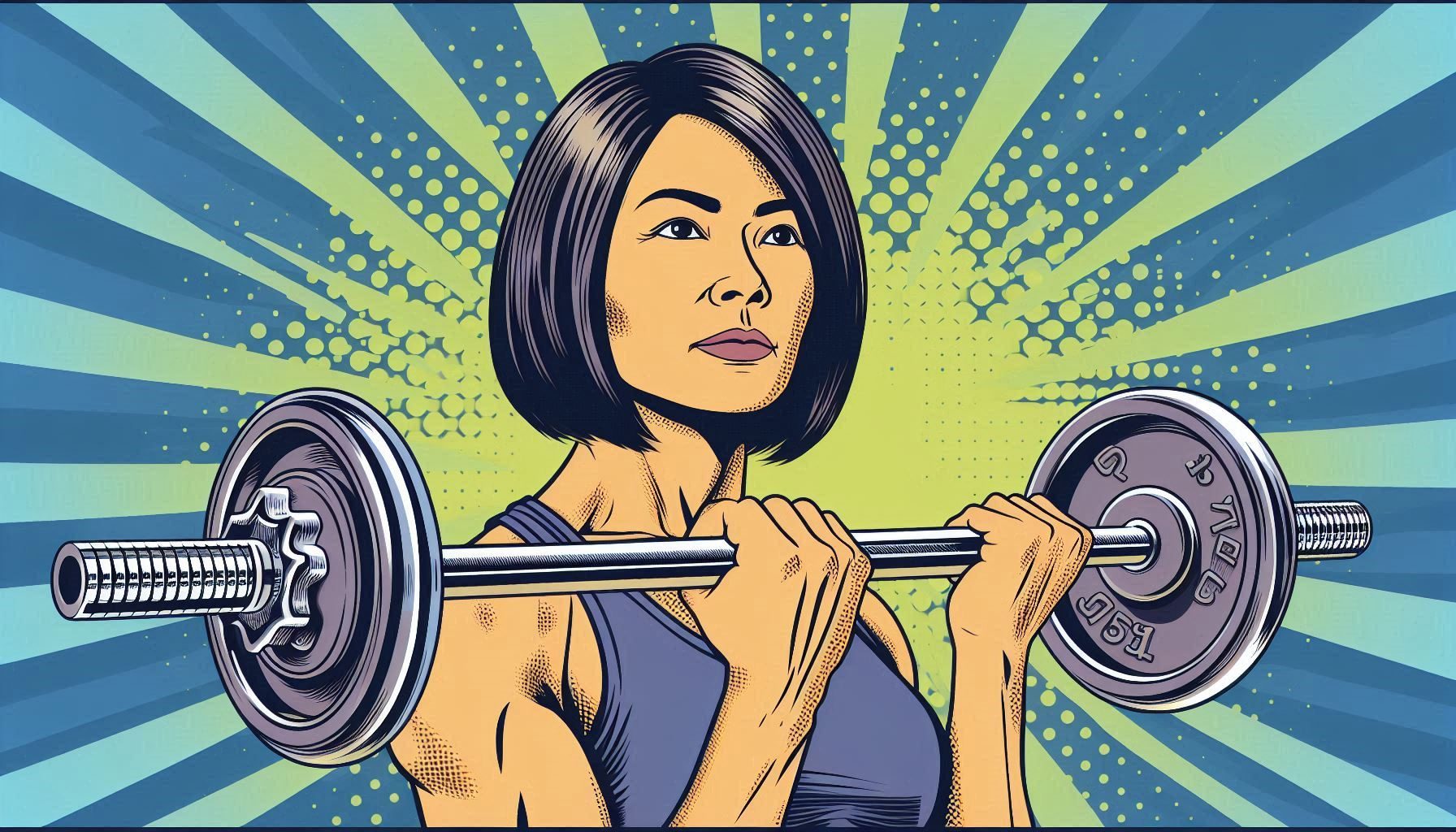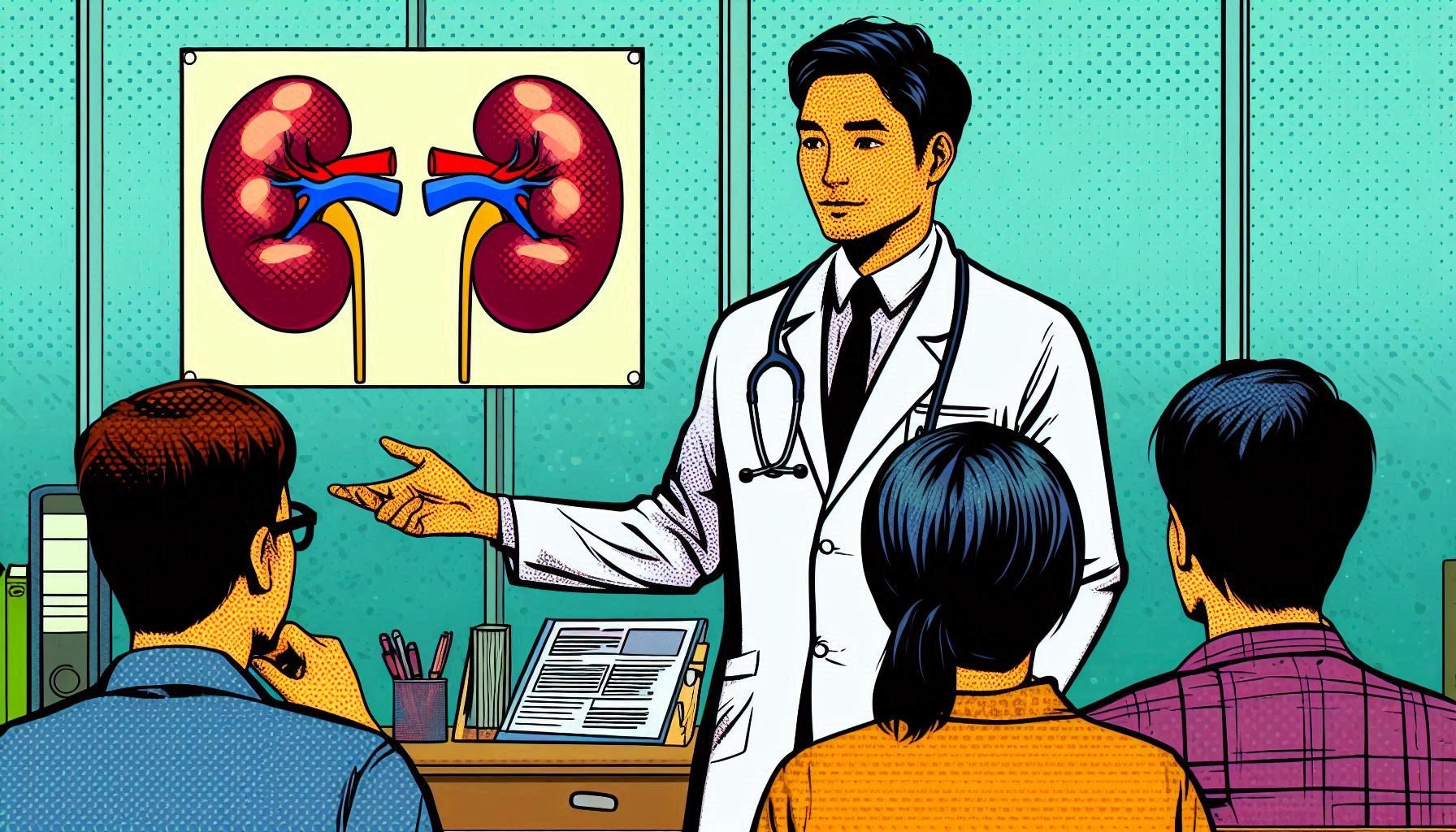Your cart is currently empty!
Sarcopenia, the silent muscle loss you need to fight now

Table of Contents
What is sarcopenia and why you should care?
Sarcopenia is the gradual loss of muscle mass, strength, and function as we age. While it’s a natural part of aging, it can seriously impact mobility, independence, and overall health. Many people don’t recognize the early signs, and by the time they do, their muscle loss has already taken a toll.
This condition isn’t just about getting weaker—it’s linked to falls, fractures, metabolic disorders, and even early death. The good news? Sarcopenia is preventable and even reversible if you take the right steps. Let’s dive into what causes it, the warning signs, and the evidence-based strategies to fight back.
Hidden causes of sarcopenia
Several factors contribute to sarcopenia, but the primary culprits are:
- Aging and Hormonal Changes
- As we age, our bodies produce less growth hormone and testosterone, both of which are critical for muscle maintenance. The result? Slower muscle repair and more muscle breakdown.
- Inactivity and Sedentary Lifestyle
- Muscles thrive on movement. If you’re not lifting, stretching, or staying active, your muscles weaken. This is why bedridden patients and those with sedentary jobs are at higher risk.
- Poor nutrition and protein deficiency
- Muscles need protein, amino acids, and essential nutrients to grow and stay strong. If your diet lacks lean proteins, omegas, and key vitamins, muscle loss accelerates.
- Chronic inflammation and oxidative stress
- Inflammation from obesity, chronic diseases, or poor diet trigger muscle breakdown. High oxidative stress damages cells, making it harder for muscles to regenerate.
- Neuromuscular changes
- Aging affects the nerves that control muscles, leading to weaker signals and loss of muscle coordination. This is why older adults experience slower movements and less stability.
Early signs and symptoms of sarcopenia
Sarcopenia doesn’t happen overnight. Look out for these early warning signs:
- Unexplained weakness – Feeling weaker despite no major lifestyle changes.
- Slower walking speed – If you find yourself walking slower than usual, take it seriously.
- Balance issues – Struggling with stairs or standing up from a chair? Your muscles may be shrinking.
- Loss of endurance – Activities like carrying groceries or climbing stairs feel harder.
- Unintentional weight loss – Losing weight without trying could indicate muscle atrophy.
How Sarcopenia affects your functional wellness
Muscle loss has serious health consequences, such as
- Increased risk of falls: weak muscles = poor balance = falls
- Slower metabolism: less muscle leads to weight gain and insulin resistance
- Weaker immune system: muscles play a role in immune function, making infections more likely
- chronic pain and joint issues: weak muscles force joints to work harder, potentially leading to arthritis and pain.
Proven ways to Prevent and reverse sarcopenia
1. Strength Training: The Ultimate Weapon
Lifting weights isn’t just for bodybuilders—it’s one of the most effective ways to combat sarcopenia.
✅ Resistance training – Lifting weights, using resistance bands, or bodyweight exercises like squats and push-ups stimulates muscle growth.
✅ Progressive overload – Gradually increasing weights or resistance challenges your muscles to grow.
✅ Full-body workouts – Targeting legs, arms, core, and back ensures balanced strength.
2. Increase Protein Intake
Muscles need high-quality protein to rebuild. Aim for 1.2 to 2.0 grams of protein per kg of body weight daily.
Best protein sources:
- Lean meats like chicken, turkey, and fish
- Eggs and dairy (Greek yogurt, cottage cheese)
- Plant-based proteins (lentils, beans, quinoa)
- Protein shakes if dietary intake is insufficient
3. Optimize Your Diet for Muscle Health
Muscles need more than just protein. Include:
✅ Healthy fats – Omega-3s (from salmon, flaxseeds, and walnuts) reduce inflammation and improve muscle function.
✅ Vitamin D & Calcium – Strong bones support strong muscles. Get sunlight and eat dairy, leafy greens, and fortified foods.
✅ Creatine & BCAAs – Supplements like creatine monohydrate and branched-chain amino acids help muscle recovery.
4. Stay Active with Functional Movements
Beyond strength training, daily movement prevents muscle loss.
✅ Walking and stair climbing – Everyday movements keep muscles engaged.
✅ Yoga and Pilates – Improves flexibility, balance, and core strength.
✅ Swimming and cycling – Low-impact exercises that build endurance and muscle strength.
5. Improve Sleep and Recovery
Muscles repair and grow during sleep. Poor sleep = muscle breakdown.
✅ Aim for 7-9 hours of quality sleep.
✅ Avoid late-night caffeine and screens to boost melatonin.
✅ Practice relaxation techniques like deep breathing or meditation.
6. Manage Chronic Conditions That Worsen Sarcopenia
Certain health issues speed up muscle loss, including diabetes, heart disease, and osteoporosis.
✅ Manage blood sugar and blood pressure – Poor circulation affects muscle health.
✅ Reduce inflammation – Eat anti-inflammatory foods like berries, turmeric, and green tea.
✅ Get regular checkups – Early detection of muscle loss can help prevent complications.
Who Is Most at Risk for Sarcopenia?
Anyone can experience muscle loss, but high-risk groups include:
🔸 Adults over 50 – Muscle mass naturally declines with age.
🔸 Sedentary individuals – Sitting all day accelerates muscle atrophy.
🔸 People with chronic illnesses – Conditions like diabetes, cancer, and kidney disease increase risk.
🔸 Those with poor diets – Low protein and nutrient intake worsen muscle breakdown.
Take Action Against Sarcopenia Today
Sarcopenia is not an inevitable part of aging—you have the power to prevent and reverse it. By prioritizing strength training, protein-rich nutrition, active living, and quality sleep, you can maintain strong, functional muscles well into old age.




